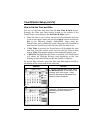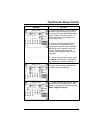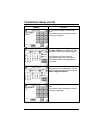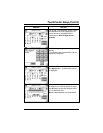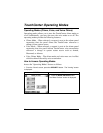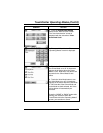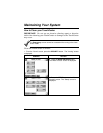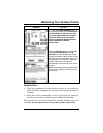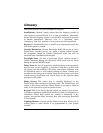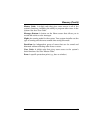
64
Glossary
The following terms are used throughout the guide.
Arm/Disarm: “Armed” simply means that the burglary portion of
your system is turned ON and is in a state of readiness. “Disarmed”
means that the burglary system is turned OFF, and must be rearmed
to become operational. However, even in a “disarmed” state,
“emergency” and “fire” portions of your system are still operational.
Bypass: To intentionally leave a specific zone unprotected while the
rest of the system is armed.
Console Emulation: Console Emulation Mode allows you to use a
TouchCenter interface just as you would a regular system keypad.
All commands shown in Console Emulation mode can also be
executed from a standard alpha keypad.
Day/Night Zone: An area of protection whose violation causes a
trouble indication during the disarmed (DAY) mode and an alarm
during the armed (NIGHT) mode.
Delay Zone: An area of protection containing doors most frequently
used to enter or exit (typically, a front door, back door, or door from
the garage into the building). The delay zone allows sufficient time
for authorized entry or exit without causing an alarm. Consult your
installer for the entry and exit delay times that have been set for your
system during installation and record them on the separate sheet
provided in this guide.
Home Screen: The screen that is normally displayed on the
TouchCenter when entries are not being made. The TouchCenter will
return to this screen with the “Home” button is pressed or when an
entry is not received for a pre-set period of time.
Keypad: This is the device through which you operate your system.
It contains numbered pushbuttons similar to those on telephones or
calculators. These keys control the arming or disarming of the
system, and perform other functions that were previously described
in this manual.
Lighting Button: A button on the Home screen that allows you to
control lights or other devises if so programmed by your system
installer.



